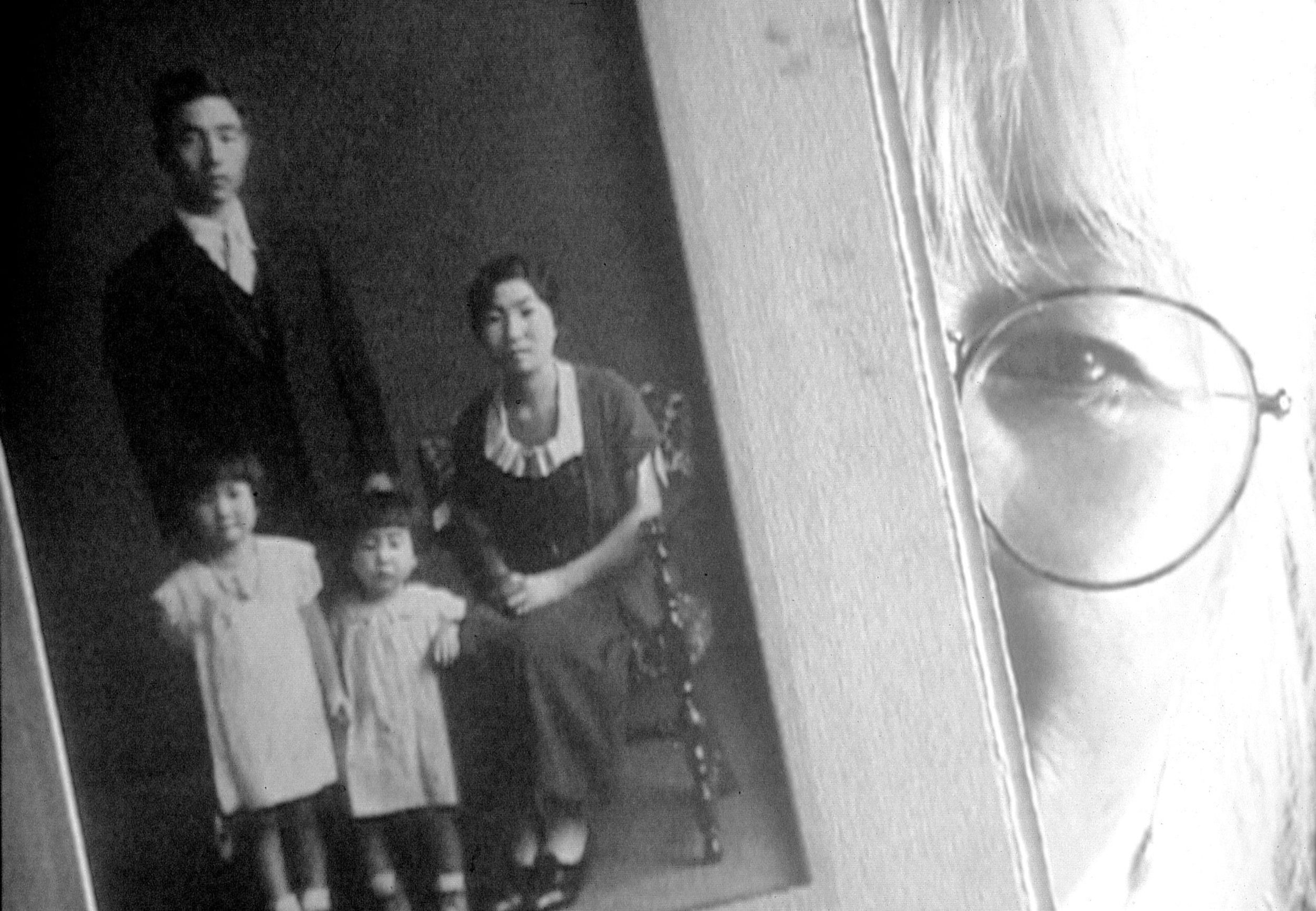
Rabbit in the Moon
When the Americans, immediately following the attack on Pearl Harbor in 1942, declared war on Japan, some 120,000 Japanese were living in the United States. From that moment, they were considered subversive individuals, and they were interned in great numbers in special camps. The Americans, among whom president Roosevelt, did not call them prisons but concentration camps, because at that time people still thought this sounded friendlier. The Japanese-American filmmaker Emiko Omori was a year and a half when she and her parents arrived in one of these camps. Basing herself on numerous interviews with former camp inmates, like her sister, she presents a reconstruction of the living conditions in the camp. Her own family kept silent about this period for a long time, because her mother had suddenly died shortly after their release from the camp. While making the film, Omori discovered new facts about abuse and treason within the Japanese organisations that were responsible for internal matters in the camps. Also, during a demonstration inside the camp, two Japanese youngsters were killed by the American army. Omori disposed of a large collection of home movies from that time, which draw a distressing picture of a suppressed episode in the American war history.